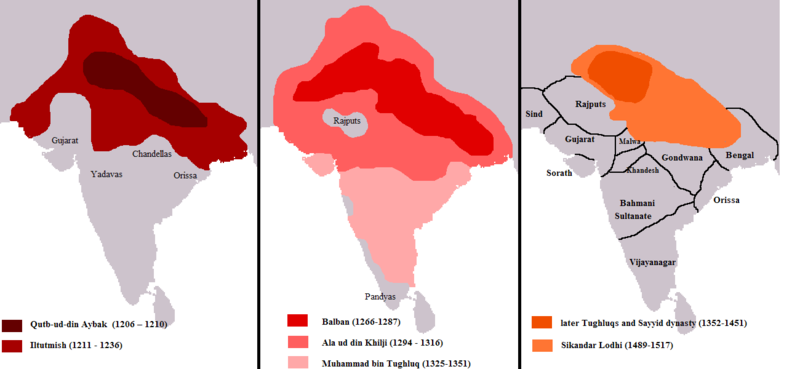Samandri
BANNED

- Joined
- Sep 9, 2014
- Messages
- 1,959
- Reaction score
- -10
- Country
- Location
While giving the read to Bernier's "Travels in the Mogol Empire", i learnt an interesting fact about Rajputs who were backbone or pillar of Mughal army. Francois Bernier was a French traveler who visited India in 1656 A.D and stayed there up to 1668. He tell us that,
".....From an early age they (Rajputs) are accustomed to the use of opium, and i have some times been astonished to see the large quantity they swallow. On the day of battle they never fail to double the dose, and this drug so animates , or rather inebriates them, that they rush into the thickest of the combat insensible of danger" (page 40 of translation)
Berneir gives us brief description of Rajputs when giving details about the decisive battle of Samugarh (part of war of succession between Aurangzeb/Murad and Dara), he tells us that only 600 out of 8,000 Rajputs survived this battle.
They were basically junkies , who used to dim down their sense of fear and danger by use of opium and in the process would die in large numbers if their chief was brave and stood his ground. Bernier also tell us about their exceptionally high devotion to their rulers, that if their chief is brave and well-led , Rajputs would die but would not abandon him to his enemies.
No wonder they got over-shadowed by others after decline of Mughal empire, when warfare got complicated with advent of Europeans and was not so much depended on this kind of valour.
The exceptionally high devotion of Rajputs to their rulers or chiefs put them in contrast to Afghans/Pashtuns, who were clannish and highly democratic , had/has tribal chiefs who has to sit in the round circle with other tribesmen in display of equity and has to show respect and commonality to earn the favours and support from his tribe. Pashtuns gathered around some one for national cause only if he had exceptionally high merits, leadership qualities and charisma. When Qasid of Humayun visited Sher Shah Suri , he found the latter digging trench with shovel along with other common soldiers. Sher Shah read the letter while siting on the ground. Babur, to win the support of Indo-Afghans, exempted them from bowing to him despite the protest of his Turki amirs. This haughty nature of individual Afghan and little respect for royalty and authority made them difficult to control and manage. Bhimsen tell us how on a small issue Diler Khan Daudzai became angry with his Afghan soldiers and ordered them to be fired at by his topKhana. The Afghan soldiers , instead of surrendering to their master, fought and as many as 600 Afghans gave up their lives. (Bhimsen, Tarikh-i-dilkusha, p-85)
".....From an early age they (Rajputs) are accustomed to the use of opium, and i have some times been astonished to see the large quantity they swallow. On the day of battle they never fail to double the dose, and this drug so animates , or rather inebriates them, that they rush into the thickest of the combat insensible of danger" (page 40 of translation)
Berneir gives us brief description of Rajputs when giving details about the decisive battle of Samugarh (part of war of succession between Aurangzeb/Murad and Dara), he tells us that only 600 out of 8,000 Rajputs survived this battle.
They were basically junkies , who used to dim down their sense of fear and danger by use of opium and in the process would die in large numbers if their chief was brave and stood his ground. Bernier also tell us about their exceptionally high devotion to their rulers, that if their chief is brave and well-led , Rajputs would die but would not abandon him to his enemies.
No wonder they got over-shadowed by others after decline of Mughal empire, when warfare got complicated with advent of Europeans and was not so much depended on this kind of valour.
The exceptionally high devotion of Rajputs to their rulers or chiefs put them in contrast to Afghans/Pashtuns, who were clannish and highly democratic , had/has tribal chiefs who has to sit in the round circle with other tribesmen in display of equity and has to show respect and commonality to earn the favours and support from his tribe. Pashtuns gathered around some one for national cause only if he had exceptionally high merits, leadership qualities and charisma. When Qasid of Humayun visited Sher Shah Suri , he found the latter digging trench with shovel along with other common soldiers. Sher Shah read the letter while siting on the ground. Babur, to win the support of Indo-Afghans, exempted them from bowing to him despite the protest of his Turki amirs. This haughty nature of individual Afghan and little respect for royalty and authority made them difficult to control and manage. Bhimsen tell us how on a small issue Diler Khan Daudzai became angry with his Afghan soldiers and ordered them to be fired at by his topKhana. The Afghan soldiers , instead of surrendering to their master, fought and as many as 600 Afghans gave up their lives. (Bhimsen, Tarikh-i-dilkusha, p-85)






